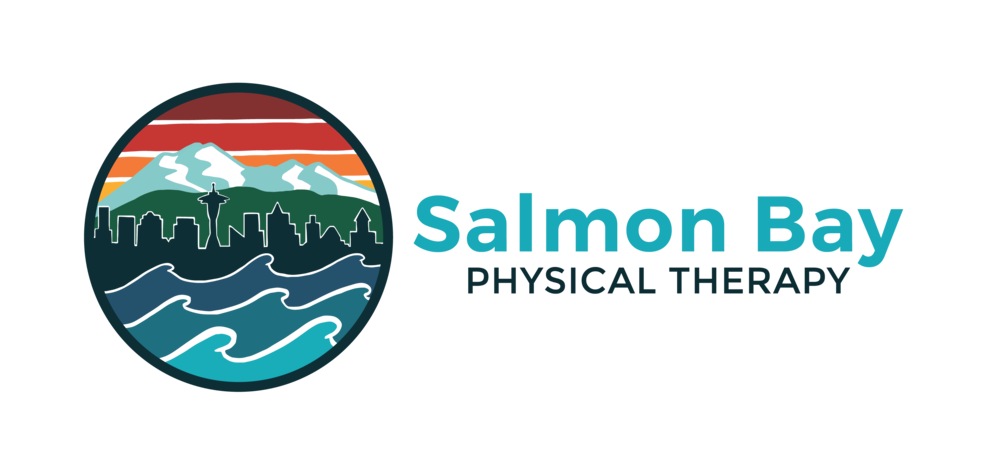A running joke in Seattle is that summer doesn’t start until July 5th, which therefore means prime hiking season is now upon us. Exploring the mountains and alpine lakes of the Pacific Northwest can be an excellent form of exercise, bringing with it numerous benefits to your musculoskeletal and cardiovascular systems. But with those benefits also comes the risk of injury, with ankle sprains being a common culprit. In fact, ankle sprains make up approximately 45% of all sports-related injuries in the United States. While most ankle sprains will heal over the course of 2-8 weeks, 73% of individuals who have sustained an ankle sprain once are likely to sustain another ankle sprain in the future. Fortunately, the risk of ankle sprains can be reduced via injury prevention programs. In fact, those who have sustained an ankle sprain in the past benefit even more from these injury prevention programs, experiencing a greater reduction in risk than those who have never sprained an ankle. However, the overall risk of ankle sprains is still higher in individuals who have a history of an ankle sprain. The best predictor of a future injury is a past injury. We cannot change the past, but we can alter the future by performing targeted exercises at the ankle joint.
So what do these injury prevention programs look like? The primary goal is to improve ankle stability via balance/proprioceptive exercises, which are the gold standard for reducing the risk of ankle sprains. Standing on one foot with your eyes open on flat ground is a solid baseline, for which you should be able to balance for 60 seconds without having to catch yourself. If you can do this without much of a challenge, a simple progression is to close your eyes, which will make the exercise significantly more difficult. Our vision is one of three systems to contribute to our sense of balance and typically the one we rely on most. So, when we close our eyes we are down to two systems and are therefore less efficient at maintaining our balance. Once this is mastered, one could advance to performing single leg balance with motion on the opposite side of our body, further challenging our limits of stability. Here is an example:
Single Leg Balance Progression Video
Balance exercises like these can be performed every day in order to reduce the risk of ankle sprains when hiking, backpacking, or trail running. Perform balance exercises barefoot in order to make them more challenging. As always, all exercises should be pain free and you should get approval from a healthcare provider before beginning a new exercise program following an injury. Once cleared, find a safe and quiet place to stand on one leg and test your limits of stability.


